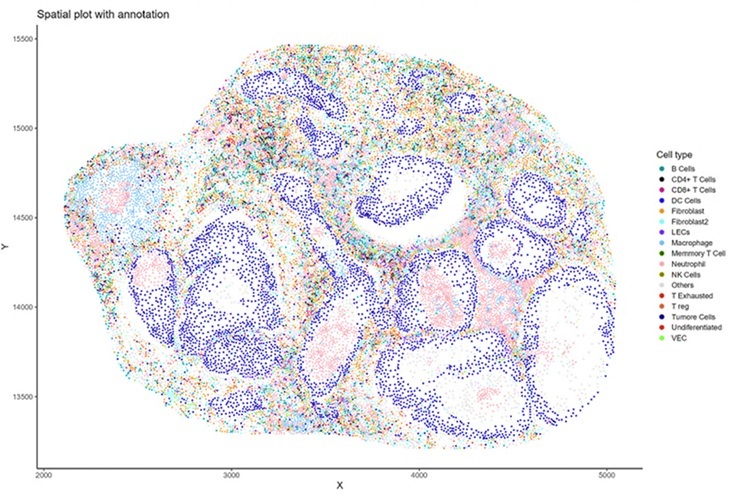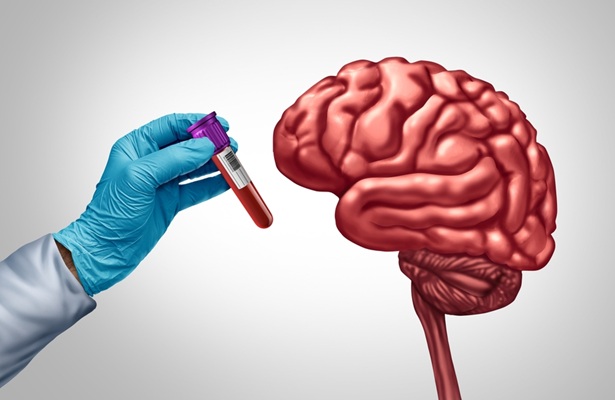Novel Algorithm Rapidly Identifies Cell Types to Improve Cancer Diagnosis
Posted on 18 Jun 2025
Determining the best treatment options for patients—whether for cancer therapy or drug prescriptions—relies heavily on accurately identifying cell types within complex tissues. Traditional methods of assigning cell identities based on marker expression can take weeks or even months, delaying diagnosis and treatment. To address this, researchers have developed a novel algorithm that dramatically shortens cell identification time from over a month to just minutes.
The algorithm called TACIT (Threshold-based Assignment of Cell Types from Multiplexed Imaging Data) was developed by researchers at VCU Massey Comprehensive Cancer Center (Richmond, VA, USA) who are focused on advancing spatial biology applications. They aimed to overcome the limitations of existing models, which often struggle to accurately distinguish cell populations due to restricted marker sets. TACIT was designed to work across diverse tissue types, drawing on a dataset of over five million cells from major organ systems such as the brain, gut, and oral glands.

TACIT functions by assigning cell identities using detailed expression profiles of cell markers. It integrates spatial data and scales efficiently across large datasets, distinguishing itself from current unsupervised methods. By combining genetic and protein data, the algorithm ensures strong agreement across different test types, enhancing the reliability of its cell classification. The researchers also built in compatibility with multiple spatial biology tools, expanding its utility for multi-omics applications. In particular, the technology bridges slide proteomics and transfer proteomics, enabling researchers to analyze multiple biomarkers simultaneously rather than being limited to single-cell omics.
In research published in Nature Communications, TACIT outperformed three existing unsupervised algorithms in both accuracy and scalability. It successfully integrated cell types and states, uncovering new cellular associations while maintaining consistency across genetic and protein-level data. This makes TACIT a valuable tool not just for research, but also for clinical applications. The clinical implications of TACIT are far-reaching. For patients, faster and more accurate cell identification can lead to quicker diagnoses, better treatment matching, and reduced risk of unnecessary interventions. In clinical trials, TACIT can help identify predictive spatial biomarkers, allowing scientists to determine patient eligibility with greater precision. This ensures that only patients most likely to benefit are enrolled, and those unlikely to respond are spared ineffective therapies. TACIT’s potential extends to pharmacology as well.
The algorithm can use RNA markers to forecast treatment outcomes and map a repository of FDA-approved drugs onto tissue samples to identify suitable therapies. This approach allows for personalized treatment planning using already-approved medications, significantly streamlining care. By enabling multi-omics analysis and streamlining cell classification, TACIT sets a new standard in spatial biology. Its ability to work across datasets and technologies makes it a powerful, scalable platform for advancing precision medicine in both clinical and research settings.
“We’re using artificial intelligence to increase efficiency and also the accuracy of diagnosis,” said Jinze Liu, Ph.D., one of the scientists at VCU who created the new tool “And as we gain more data, TACIT’s ability to increase positive patient outcomes will only multiply.”
Related Links:
VCU Massey Comprehensive Cancer Center














